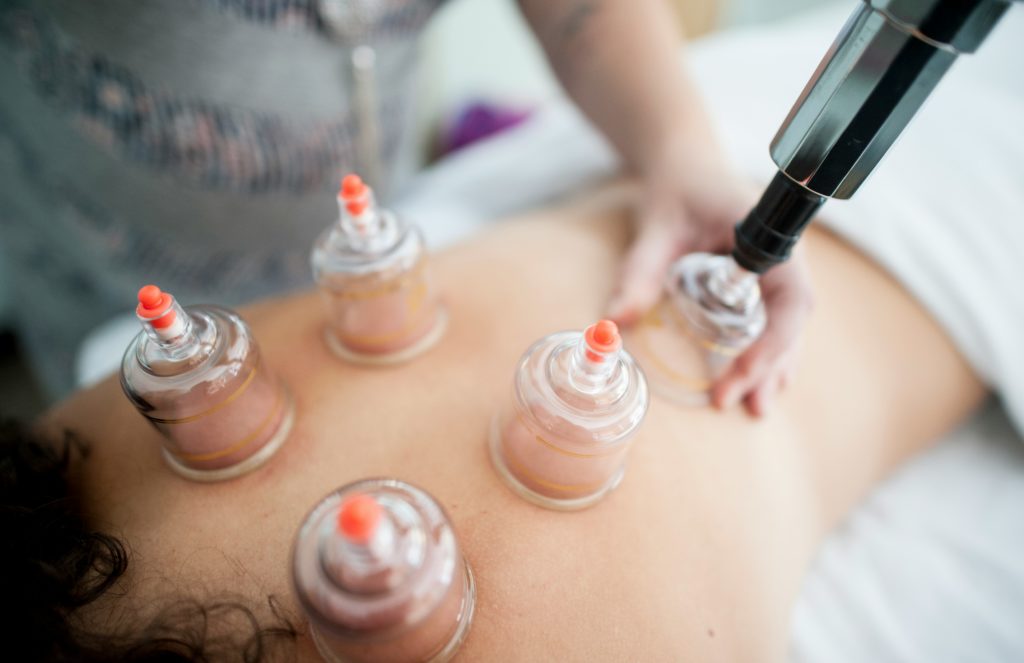Here’s the truth about cupping. Cupping therapy is an ancient form of alternative medicine that involves placing cups on the skin to create suction. The practice has a long history and has been used in various cultures throughout the world.
Cupping massage is a therapeutic, relaxing, and rejuvenating method that relieves muscle soreness and body tension daily. It can have several benefits, like improving blood flow in the targeted areas, releasing tightness in the fascia, promoting flexibility, and reducing restrictions.
Cupping therapy can also stimulate the lymphatic system, aiding in the drainage of excess fluids and toxins, which can contribute to reduced swelling and inflammation in the muscles.
Although cupping is considered safe, it is crucial to consult with a qualified healthcare professional or experienced therapist before undergoing any alternative or complementary therapies, especially if you have underlying health conditions or concerns.
Anyone seeking relaxation, stress relief, and an immersive wellness experience should try this beneficial care method.
Cupping therapy has roots in traditional Chinese medicine, dating back thousands of years. It is also found in ancient Egyptian, Greek, and Middle Eastern cultures.
The fundamental principle of cupping involves creating suction on the skin, which is believed to mobilize blood flow, promote healing, and release tension. The suction is typically created by briefly heating the air inside the cup and then placing it on the skin, or by using a mechanical pump to extract the air.
Types of Cupping
There are different types of cupping techniques:
- Dry cupping is the most common form of cupping, where cups are placed on the skin, and suction is created to draw the skin into the cup.
- Wet cupping involves making small incisions on the skin after the cups are applied, allowing a controlled amount of blood to be drawn into the cups.
- Fire cupping is the traditional technique that involves using fire to create suction in the cups, while silicone cups are a modern alternative to traditional glass or bamboo cups.
- Moving cupping is gliding or sliding the cups that are applied with oil to the skin, and the therapist moves them around, creating a massage-like effect.
- Flash cupping is done by quickly applying and removing cups in a rhythmic fashion, which is sometimes used in sports massage to stimulate blood flow and relax muscles.
It is important to note that cupping leaves temporary bruising, known as cupping marks. It is considered normal and typically fades within a few days.
Individuals with certain medical conditions, such as bleeding disorders or skin infections, may not be suitable candidates for these techniques. The choice of technique and application depends on the individual’s health condition and the therapist’s goals.
